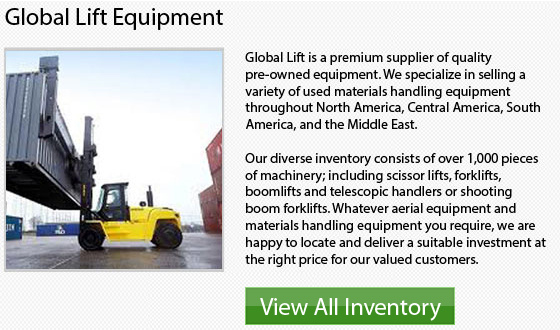
Aerial Work Platforms
Aerial work platforms or AWPs are engineered and designed to elevate employees and their gear to a certain height in order to complete a job. The specific model and manufacturer and type of machine all varies. Before aerial work platforms were developed, all tasks requiring work at high levels had to be carried out with scaffolding. Thus, the invention of aerial work platforms has kept many employees safe and increased the overall productivity of similar tasks.
The three key kinds of aerial work platforms are boomlifts, mechanical lifts and scissorlifts. These kinds of machines could be operated with pneumatics, mechanically utilizing a rack and pinion system or by hydraulics or with screws. These models may be self-propelled with controls at the platform, they may be unpowered models needing an external force to move them or be mounted to a vehicle in order to be transported.
John L. Grove was an American industrialist and inventor who is widely credited to developing the aerial work platform. However, in the year 1966, before JLG's very first unit, a company referred to as Selma Manlift launched an aerial lift model.
During 1967, after selling his previous company Grove Manufacturing, John L. Grove and his wife decided to take a road trip. They decided to stop at Hoover Dam. While the couple was there, Grove unfortunately witnessed 2 workers electrocuted while they were working on scaffolding. This terrible incident led John Grove to discover an untapped market for a new product that can safely raise workers in the air for them to perform construction and maintenance jobs in a better way.
John purchased a small metal fabrication business and formed a partnership together with 2 friends, once he returned home from his vacation. The small business immediately began designing ideas for the aerial work platform. The new company was called JLG Industries Inc. They proudly launched their very first aerial work platform during the year 1920 with the aid of 20 workers.